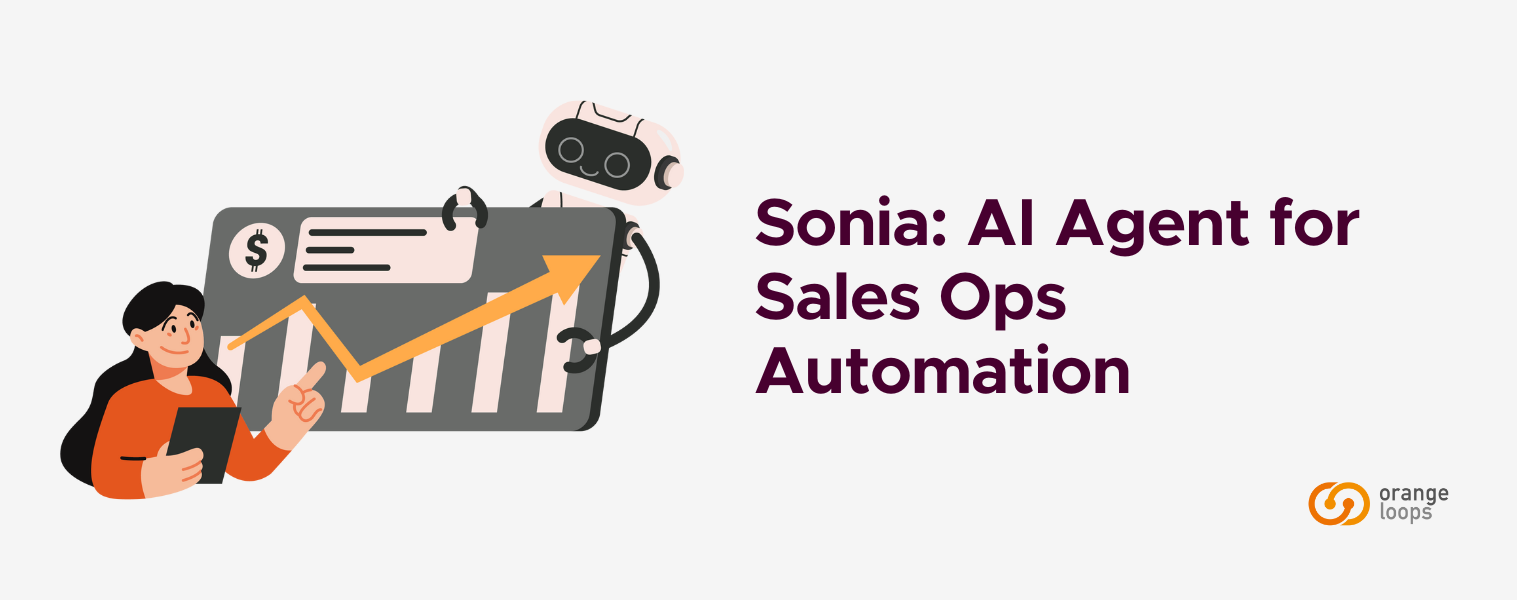
Are We Really Designing a Sustainable Future?
In recent years, and especially throughout 2025, sustainability has taken center stage in the UX design conversation. We hear terms like “lightweight interfaces,” “dark mode as a sustainable choice,” “minimizing content weight,” “reducing digital waste,” and “designing energy-conscious experiences.”
It all sounds promising, but how deep does this transformation truly go? And how much of this narrative is driven by marketing and brand positioning rather than meaningful, structural change?
At OrangeLoops, we have spent over a decade helping startups, scale-ups, and enterprises build and scale digital products. Along the way, we’ve seen how the conversation around “energy-smart” design often stops at surface-level improvements.
This article is an invitation to look deeper, asking harder questions about whether these practices are truly moving us toward a sustainable digital future.
Green UX: Real Impact or Just a Green Tag?
 Let’s start with the basics. Yes, reducing image sizes, defaulting to dark mode, compressing videos, limiting autoplay, and using system fonts can all help lower a site’s data load, and by extension, its energy consumption. Building lean, efficient digital experiences feels both practical and responsible.
Let’s start with the basics. Yes, reducing image sizes, defaulting to dark mode, compressing videos, limiting autoplay, and using system fonts can all help lower a site’s data load, and by extension, its energy consumption. Building lean, efficient digital experiences feels both practical and responsible.
But there’s a deeper risk in reducing sustainability to a checklist of surface-level optimizations. It’s easy to implement changes that look impressive on a slide deck, while ignoring the energy-intensive backend infrastructure required to support today’s trendiest technologies.
Take AI, for instance. While we celebrate minimalist interfaces and “eco-efficient” landing pages under a green label, many of these same products now include generative chatbots and hyper-personalization algorithms that consume 30 to 40 times more energy than traditional solutions. And yet, these resource-heavy technologies are becoming the norm in digital experiences.
So what are we really accomplishing? Saving 300KB on a hero image while burning terawatts on predictive modeling? The contradiction is hard to ignore. To be clear, I don’t believe these technologies are inherently wasteful, but we need to be intentional about when and where we use them, ensuring they deliver real, meaningful value.
This is where the threat of greenwashing in UX becomes real. A few energy-efficient design choices don’t make a product sustainable, especially when they exist within platforms powered by increasingly energy-hungry systems.
The Invisible Cost of Engagement
 There’s another uncomfortable truth: many of our digital products are not designed to reduce usage. On the contrary, they’re built to keep people engaged as long as possible.
There’s another uncomfortable truth: many of our digital products are not designed to reduce usage. On the contrary, they’re built to keep people engaged as long as possible.
From infinite scroll to autoplay reels, from real-time feeds to push notifications, our core design patterns are engineered for attention. And attention, in the digital world, equals energy.
Even if we compress a video, it still takes energy to serve it. Even if we optimize page load speed, the longer a user stays browsing, the more cumulative data and energy they consume.
So here’s the real tension: Can we really talk about “energy smart” UX if we’re optimizing for addictive engagement?
If we want to have an honest conversation about sustainability, we must go beyond performance metrics and look at time-based impact. Sometimes, the most sustainable design decision is not about making the interface lighter, but about encouraging less time spent in the interface altogether.
That may sound radical, but it’s not new. Think of mindfulness apps that nudge users to log off, or financial platforms that reward short, focused usage. These are rare exceptions in a landscape still dominated by the logic of “more time, more engagement, more revenue.”
Clean Tech Doesn’t Always Mean Ethical Design
There’s also a growing and problematic tendency in our field to equate energy efficiency with ethical design. But sustainability isn’t just about saving kilowatts. It’s about serving people.
Take a simple example: removing images from a website might reduce bandwidth. But if done without care or critical thought, it can compromise accessibility for users who rely on visual cues or content diversity to navigate and understand information.
Likewise, simplifying content may speed up load times, but if oversimplified, it risks dulling engagement and stripping away meaningful context.
A clean interface isn’t inherently a better one. Without empathy, it can feel cold, exclusive, or even alienating.
We need to stop treating energy efficiency as a universal virtue. Instead, we should be asking deeper questions: Who benefits from this decision? Who might be left out? Are we trading inclusivity and depth of experience for performance gains we haven’t properly questioned?
The Role of the User
 One last question: where do users fit into all this talk about “smart” energy design? Are we explaining why their experience is being simplified? Are we giving them control over how much energy they want—or can—consume? Or are we making these efficiency decisions solely to hit internal business goals?
One last question: where do users fit into all this talk about “smart” energy design? Are we explaining why their experience is being simplified? Are we giving them control over how much energy they want—or can—consume? Or are we making these efficiency decisions solely to hit internal business goals?
What if we offered users greater transparency? What if they could opt into low-data modes, decide how much personalization they prefer, or adjust visual quality based on their device or bandwidth?
Sustainability shouldn’t be an invisible, behind-the-scenes process. It should be a clear, shared value that shines through in the product experience. When users understand that an interface was intentionally designed to save energy, or that they have the power to choose lighter interactions, they are far more likely to engage meaningfully.
We need to shift from designing for users to designing with users, especially when it comes to choices that directly impact how they consume energy, data, and digital space.
Final Thoughts: We Need More Than Smart—We Need Honest Design
 Energy Smart Design is a welcome shift in the industry. It challenges us to approach our work with greater responsibility, awareness, and care.
Energy Smart Design is a welcome shift in the industry. It challenges us to approach our work with greater responsibility, awareness, and care.
Yet, for this promise to truly materialize, we must move beyond simply romanticizing efficiency as an end goal. Instead, we need to ask deeper questions: Why are we designing this? Who stands to benefit? And at what cost—environmentally, socially, and ethically—are these designs realized?
Sustainability isn’t just a feature you add at the end of a development sprint or a marketing tagline to attract eco-conscious users. It’s a complex, ongoing conversation, often uncomfortable, that touches every layer of how we build digital products: from strategic business decisions and design workflows to the very values that shape our teams and organizations.
Designing with energy efficiency is a positive step. It’s necessary, but not sufficient.
What we truly need is designing with critical intelligence: an approach that combines technical skill with ethical reflection, transparency, and genuine empathy for users and the planet alike. This means recognizing the trade-offs, confronting inconvenient truths, and refusing easy answers.
Only by embracing this deeper, more honest practice can UX design move beyond buzzwords and become a real force for sustainable, equitable change.
If you’re rethinking “energy smart” beyond buzzwords, let’s make it real. We help teams turn sustainability principles into product decisions users actually feel: transparent data practices, low‑data modes, ethical defaults, and performance that doesn’t trade away inclusivity. Book a quick consult and let’s map your next steps.

